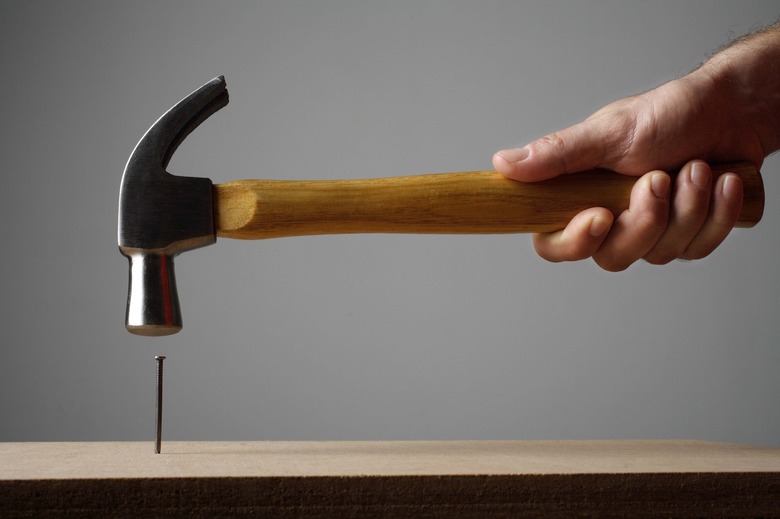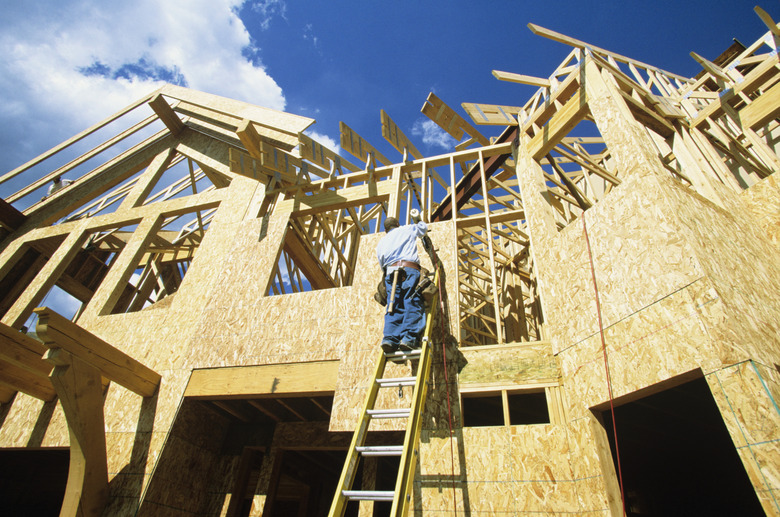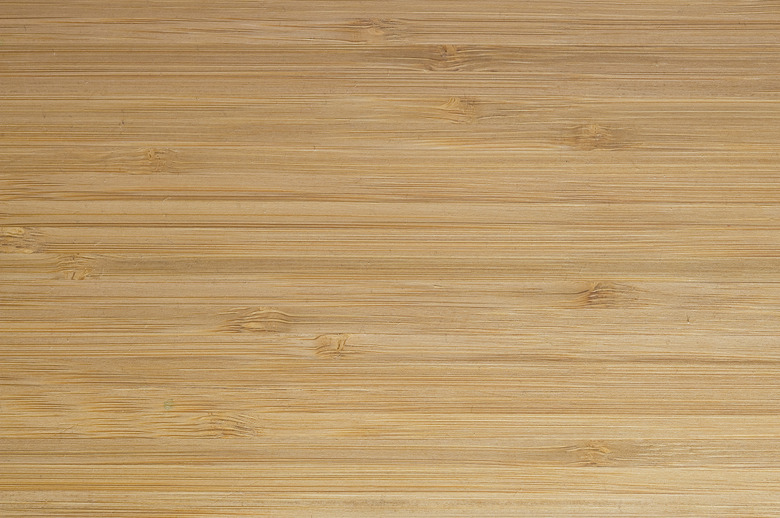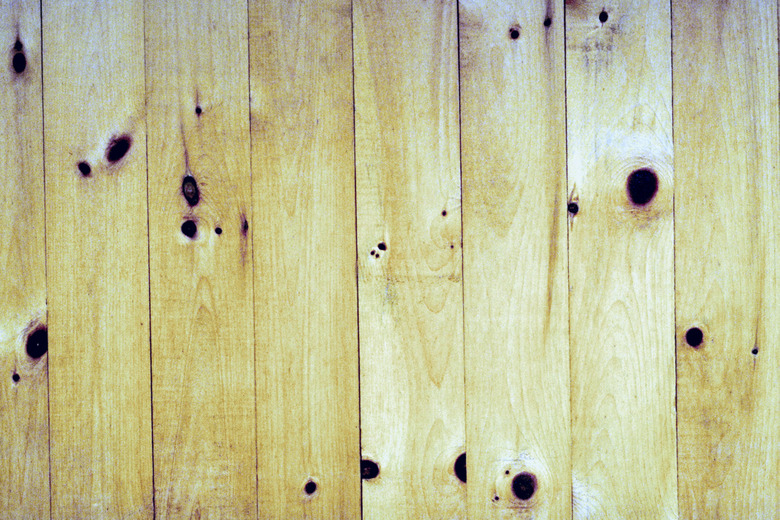Different Grades Of Pine Lumber
While seven different organizations in North America regulate the classification of pine lumber, all operate voluntarily under the direction of the American Lumber Standard Committee. These agencies under this direction regulate pine lumber standards for overlapping regions of North America. Softwood pine lumber is lumped into several different classes, according to the University of Missouri Extension Service. Each of these classes contains several grades of lumber. The various grades of pine lumber are found in things ranging from construction projects to furniture, interior trim, light framing, wooden decks and more.
Select Grades
Select Grades
The select class of pine as defined by the North Eastern Lumber Manufacturers Association contains grades defined as C and D. Grade C is the highest grade of pine lumber and is commonly used for fine woodworking and interior trim. Select D grade pine lumber is not as fine in appearance as grade C but maintains a similar level of structural quality. The minimum requirements for Select C grade only allow for a single half-inch knot per 4 feet of surface area. Select D grade allows one tight half-inch knot for every foot of surface area.
Common Grades
Common Grades
There are four grades of pine lumber that fall under the common class. They are the premium, finish, standard and industrial classes. The finish grade is defined as a board with a fine appearance and tight knots. Premium grade is similar to the finish grade but encompasses boards with larger knots. Standard grade is used mainly for construction where a less finished board is acceptable. Industrial grade is the lowest grade. It allows boards with knots and other characteristics of any size as long as the board remains structurally sound. These grades of lumber allow for larger and more frequent knots than the select grades and a generally rougher grain of wood.
Appearance Grades
Appearance Grades
Appearance grade pine lumber uses lumber from the standard grade but applies additional restrictions as to the features allowed in the board. Appearance grade boards generally come from the higher end of standard graded boards. This type of board is used mainly for construction purposes and allows larger knots than the finer grades of pine lumber. This grade permits knots up to two-thirds the width of the board depending on the type of knot. It also allows for splits up to twice the width of the board but less than one-sixth its length. Appearance grade lumber exceeds these requirements, but boards may vary depending on the particular requirements they exceed.
Construction Grade
Construction Grade
Construction grade boards are simply the pine boards from the standard grade that do not make the cut to be designated as appearance grade. All pieces in this category must meet the minimum requirements for standard grade lumber. These requirements include limiting the size and frequency of wormholes to one medium hole allowed per 2 linear feet. Construction grade pine boards do not limit the level of machine burn on boards and have the least stringent requirements for incipient and advanced decay. The construction grade limit knots from two-thirds to one-half the width of the board, depending on the type. Unlike appearance grade pine lumber, construction grade pine lumber is unlikely to exceed its minimum requirements.
Stud Grade
Stud Grade
The stud grade of pine lumber is a general-purpose categorization for lumber that is used in vertical load-bearing capacities. Stud grade lumber is rated from Grades 1 to 5. Each grade of stud lumber typically falls under one of the other grades of lumber as well. Stud grade pine lumber is defined by restrictions on the qualities in the wood that affect its strength and structural qualities. Stud grade lumber heavily restricts the amount of warp as well as the size and frequency of splits, holes and knots in pine boards used as studs.





